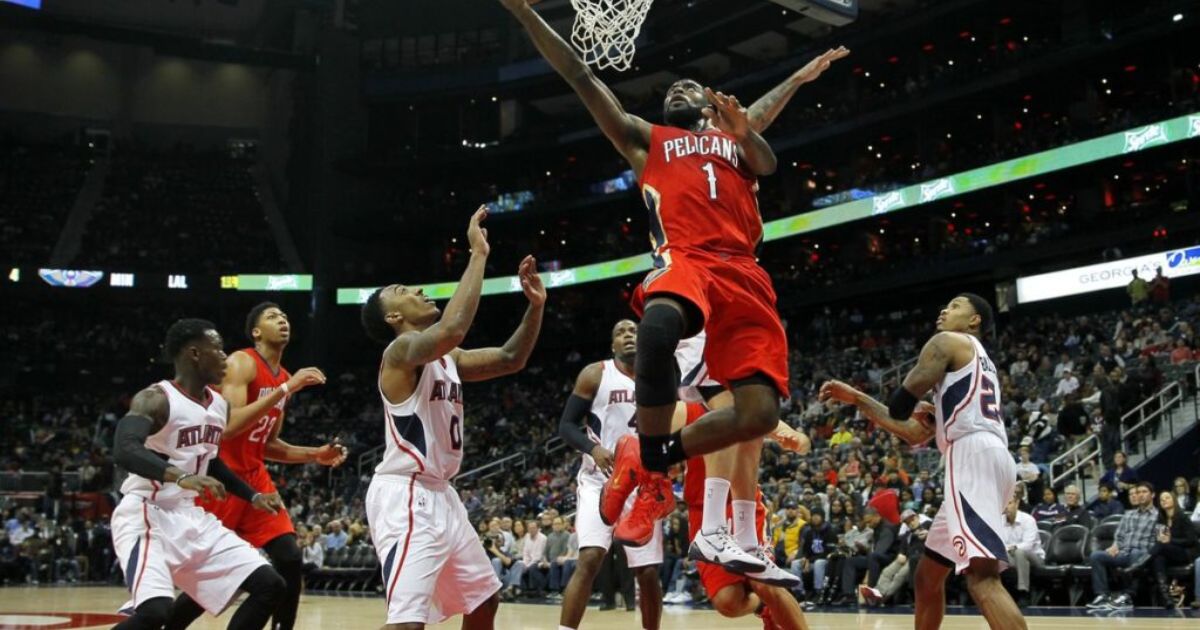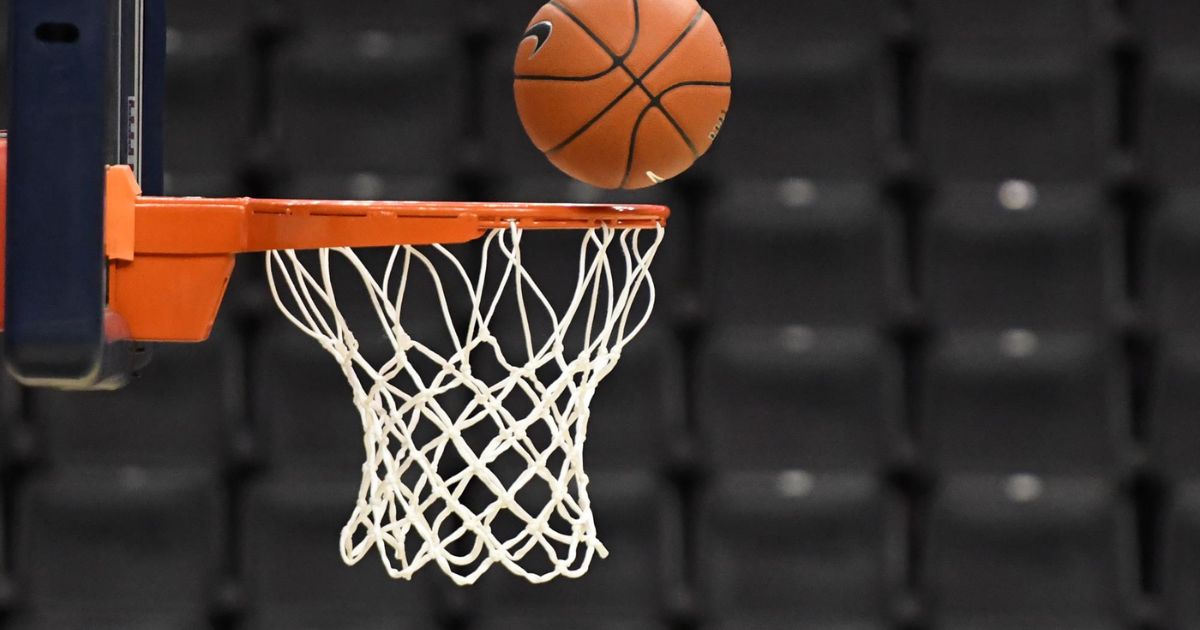In the realm of sports, where the rhythmic symphony of athletes and their equipment harmonize, one object stands tall, an emblem of competition and camaraderie: the basketball goal. A gateway to dreams realized and skills honed, the basketball goal beckons players of all skill levels to partake in the dance of the court. In this article, we will uncover the essence of the basketball goal, exploring its definition, components, and the art of choosing the perfect hoop for your game. Join us on this journey of belonging and excellence.
Key Takeaways
- A basketball goal consists of the rim, backboard, net, and supporting structures.
- The rim is a circular metal ring attached to the backboard.
- The backboard is a rectangular board made of glass or acrylic.
- The net, made of nylon or chain links, catches the ball after it passes through the hoop.
Definition and Components
The definition and components of a basketball goal can be understood by examining its structure and function. A basketball goal refers to the hoop and net used in the game of basketball to score points. It consists of several key components, including the rim, backboard, net, and supporting structures. The rim is a circular metal ring, typically measuring 18 inches in diameter, which is attached to a backboard.
The backboard is a rectangular board made of glass or acrylic, providing a surface for players to aim at when shooting the ball. The net, made of nylon or chain links, is attached to the rim and helps to catch the ball after it passes through the hoop. Lastly, the supporting structures, such as poles or brackets, secure the goal to the ground or wall. Understanding these components is essential for players, coaches, and fans to appreciate the mechanics and functionality of a basketball goal.
Basketball Goal Vs. Basketball Hoop

A fundamental distinction between Basketball Shoes Different a basketball goal and a basketball hoop lies in their respective functionalities. While the terms are often used interchangeably, they actually refer to different parts of the basketball apparatus. Here are three key differences between a basketball goal and a basketball hoop:
- The basketball goal refers to the entire structure that includes the backboard, rim, and net. It is typically affixed to a pole or mounted on a wall.
- On the other hand, the basketball hoop specifically refers to the circular metal ring that is attached to the backboard. It is where the ball is aimed and shot during gameplay.
- The basketball net, often made of nylon or chain links, is attached to the hoop and catches the ball when it goes through the hoop.
Understanding these distinctions can help clarify discussions about basketball equipment and ensure accurate communication among players, coaches, and fans.
Parts of a Basketball System
Comprising various components, a basketball system consists of essential parts that contribute to the functionality and gameplay of the sport. The main components of a basketball system include the backboard, rim, net, and pole. The backboard is typically made of tempered glass or acrylic and provides a surface for the ball to bounce off during play. The rim is attached to the backboard and allows the ball to pass through when a successful shot is made.
The net is attached to the rim and adds visual appeal to the goal while also helping to indicate whether a shot has been made. Lastly, the pole supports the backboard and rim, providing stability and height adjustment options. Together, these parts create a complete basketball system that allows players to enjoy the game with ease and precision.
Quality Matters
To ensure optimal performance and durability, the quality of a basketball system is of utmost importance. Investing in a high-quality basketball goal not only enhances the playing experience but also ensures the longevity of the equipment. Here are a few reasons why quality matters:
- Durability: A well-built basketball goal is designed to withstand rough play and harsh weather conditions, ensuring it remains intact for years to come.
- Stability: A sturdy basketball system provides stability during intense games, preventing wobbling or tipping over.
- Safety: High-quality basketball goals are manufactured with safety features such as padding and breakaway rims, reducing the risk of injuries.
Shopping for Sports Equipment

When shopping for sports equipment, it is important to consider various factors before making a purchase. Whether you are a seasoned athlete or a beginner, choosing the right sports equipment can greatly enhance your performance and overall experience. Firstly, it is crucial to determine your specific needs and goals. Are you looking for equipment for a specific sport or for general fitness? Next, consider the quality and durability of the equipment.
Investing in well-made, reliable products ensures longevity and reduces the risk of injuries. Additionally, it is essential to consider your budget. Sports equipment can range in price, so it is important to find a balance between quality and affordability. Lastly, read reviews and seek recommendations from other athletes to ensure you are making an informed decision. By considering these factors, you can find sports equipment that not only meets your needs but also helps you feel a sense of belonging within the sporting community.
Types of Basketball Hoops
There are several different types of basketball hoops available for players to choose from. When selecting a basketball hoop, it is important to consider factors such as the location, space available, and budget. Here are some popular types of basketball hoops:
- In-ground basketball hoops: These are permanent structures that are installed in the ground. They provide stability and durability, making them suitable for outdoor use.
- Portable basketball hoops: These hoops come with a base that can be filled with water or sand to provide stability. They are easy to move around and can be used both indoors and outdoors.
- Wall-mounted basketball hoops: These hoops are attached to a wall or a garage. They are ideal for areas with limited space and are commonly used in driveways or small courts.
The choice of basketball hoop depends on individual preferences and requirements. Whether you are a professional player or just enjoy shooting hoops in your backyard, there is a basketball hoop available to suit your needs.
Common Hoops for Home Use
One popular option for home use is the residential basketball hoop. These hoops are designed specifically for residential settings and offer a convenient way for individuals and families to enjoy the game of basketball in their own backyard. Residential basketball hoops come in various styles and sizes to accommodate different needs and preferences. They typically consist of a backboard, rim, and pole system that can be installed in a suitable outdoor space.
These hoops are often adjustable, allowing users to easily change the height of the rim to accommodate players of different ages and skill levels. With a residential basketball hoop, homeowners can create a space for recreational activities, promote physical fitness, and foster a sense of belonging within their community.
Hoops for Younger Players
Designing basketball goals specifically for younger players is crucial for their development and enjoyment of the sport. These modified hoops cater to the unique needs and abilities of children, providing them with a safe and accessible way to learn and play basketball. Here are three key features of hoops designed for younger players:
- Adjustable height: Younger players come in various sizes and heights. Having an adjustable hoop allows them to play at a height that is suitable for their skill level, enabling them to gradually improve their shooting and dunking abilities.
- Smaller rim size: Younger players often struggle to make shots on a regular-sized rim. Hoops designed for them feature smaller rims, giving them a better chance of success and boosting their confidence in the game.
- Portable and lightweight: Younger players may want to play basketball in different locations, such as their backyard or a local park. Portable and lightweight hoops make it easy for them to transport and set up their own court, fostering a sense of independence and encouraging outdoor play.
Choosing the Right Hoop

When selecting a basketball goal, it is important to consider various factors to ensure the right hoop is chosen for your specific needs and preferences. First, you need to determine if you want an in-ground or portable hoop. In-ground hoops provide more stability and are a great option if you have a dedicated playing area. On the other hand, portable hoops offer flexibility and can be easily moved around.
Next, consider the size of the hoop. For younger players, a smaller hoop with an adjustable height may be more suitable, while older players may prefer a regulation-sized hoop. Additionally, think about the backboard material, rim type, and overall durability of the hoop. By carefully considering these factors, you can find the perfect basketball goal that meets your requirements. Now, let’s move on to the next section to discuss the installation and accessories needed for your chosen hoop.
Installation and Accessories
Continuing the discussion from selecting the right hoop, the installation and necessary accessories for a basketball goal will now be examined. When installing a basketball goal, there are a few key accessories to consider:
- Mounting Hardware: This includes the necessary screws, bolts, and brackets to securely attach the hoop to a wall or pole.
- Net: A basketball goal is incomplete without a net. Choose a durable net that can withstand intense play.
- Padding: To ensure player safety, consider adding padding around the backboard and pole. This helps prevent injuries in case of accidental collisions.
These accessories not only enhance the functionality of the basketball goal but also contribute to a sense of belonging within the basketball community. With the installation complete, it is important to shift our focus to the importance of hoop parts.
Importance of Hoop Parts
To further explore the functionality and durability of a basketball goal, it is crucial to understand the significance of its hoop parts. These components play a vital role in ensuring the hoop’s stability and performance during intense gameplay. Let’s take a closer look at the key hoop parts and their importance:
| Hoop Part | Description | Importance |
|---|---|---|
| Rim | Circular metal hoop that holds the net in place | Provides a target for shooting and dunking, needs to be sturdy and able to withstand force |
| Net | Mesh material that hangs from the rim | Catches the ball after a successful shot, helps players determine the accuracy of their shots |
| Backboard | Rectangular board behind the rim | Provides a surface for the ball to bounce off, needs to be durable and transparent for visibility |
| Mounting | System that attaches the hoop to a support structure | Ensures stability and prevents the hoop from falling or shaking during gameplay |
Understanding the importance of these hoop parts allows players to make informed decisions when selecting and maintaining their basketball goals, ensuring optimal performance and longevity.
Shipping Procedure and Enjoying Your Hoop
Upon receiving your basketball goal, it is essential to familiarize yourself with the shipping procedure and ensure a smooth installation process to fully enjoy your hoop. Here are a few key points to keep in mind:
- Carefully inspect the packaging upon arrival to ensure there are no damages or missing parts. Report any issues to the seller immediately.
- Read the provided instructions thoroughly before beginning the installation. This will save you time and prevent any mistakes.
- Gather all the necessary tools and equipment beforehand to streamline the process. This will help avoid interruptions and frustration.
Frequently Asked Questions
How Much Does a Basketball Goal Typically Cost?
A basketball goal typically costs anywhere from $100 to $10,000, depending on the quality, brand, and features. The cost may also vary based on whether it is an in-ground, portable, or wall-mounted goal.
Can a Basketball Goal Be Used for Other Sports?
A basketball goal can be used for other sports, such as soccer or lacrosse, by attaching a net or modifying the height. This versatility makes it a cost-effective option for multi-sport facilities.
Are There Regulations for the Height of a Basketball Goal?
Regulations for the height of a basketball goal are designed to ensure fairness and safety in the game. The standard height for a basketball goal, as set by the International Basketball Federation (FIBA), is 10 feet (3.05 meters) above the ground.
What Is the Average Lifespan of a Basketball Goal?
The average lifespan of a basketball goal depends on various factors such as usage, weather conditions, and maintenance. Regular inspections, repairs, and replacements contribute to prolonging its lifespan, ensuring safe and efficient play for many years.
Are There Any Maintenance Requirements for a Basketball Goal?
Maintenance requirements for a basketball goal involve regular inspection and cleaning, as well as ensuring the stability and functionality of the goal components. This ensures optimal performance, safety, and longevity of the equipment.
Conclusion
In conclusion, a basketball goal is not just a mere piece of equipment, but a portal to endless possibilities and dreams. It represents the journey of hard work, determination, and the pursuit of excellence. With each swish of the net, it ignites a fire within the hearts of players and spectators alike, reminding us of the power of teamwork, resilience, and the thrill of victory. So, let the basketball goal be a reminder to never stop reaching for the stars, for the sky is the only limit.



